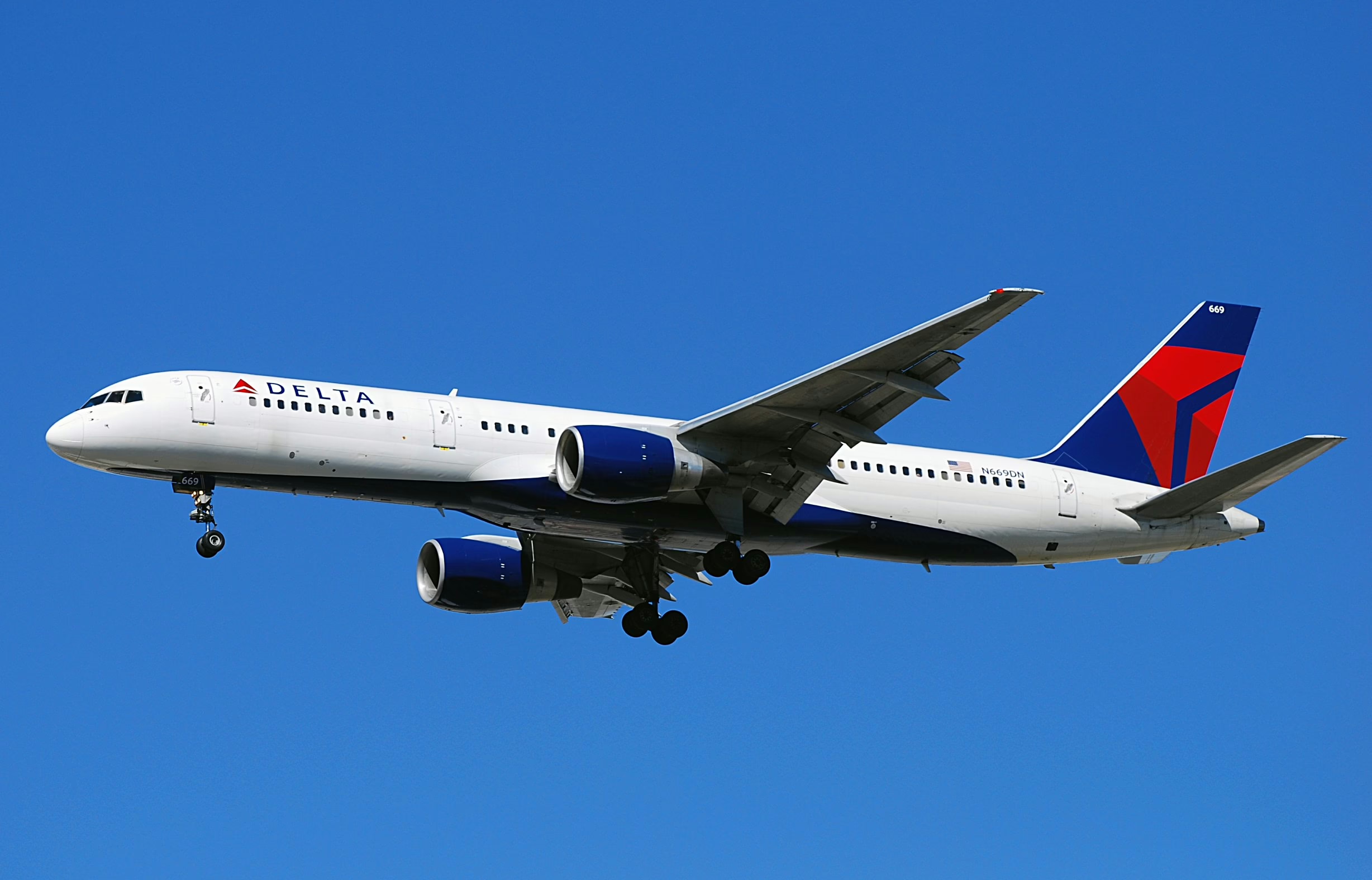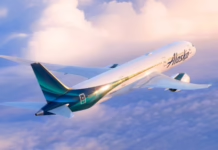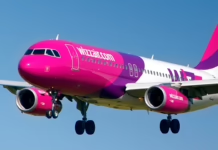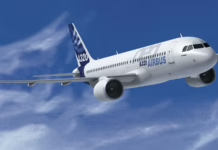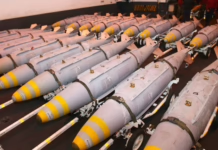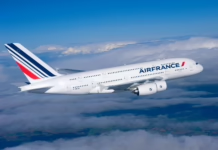As the A321XLR arrives, airlines face a complex calculus: Can new-generation single-aisles truly replace the venerable 757’s transatlantic dominance?
In 2019, a remarkable statistic underscored commercial aviation’s most stubborn equipment puzzle: 60% of all Boeing 757s ever built remained in active service, many approaching four decades since their original delivery. Delta Air Lines alone operates nearly half the jets ever produced, maintaining the world’s largest 757 fleet with aircraft averaging well over 20 years old. Yet the carrier—along with other major operators—has delayed selecting replacement platforms, for a simple reason: the “Flying Pencil” occupies a performance envelope that newer aircraft struggle to match.
Now, that calculus faces its first serious challenge. Airbus’s A321XLR, equipped with next-generation engines burning roughly 15% less fuel per seat and offering an additional 700 nautical miles of range at 757-equivalent payloads, has arrived as the long-awaited successor. Airlines must weigh whether this new contender can genuinely fill the operational and economic void left by the aging Boeing workhorse—or whether the transition will require compromises that undermine the 757’s unique advantages.
The Irreplaceable Niche
The 757’s staying power stems from a rare convergence of capabilities. Designed in the 1970s and entering service in 1984, the single-aisle jetliner represented a major leap in performance, comfort, and fuel efficiency over its predecessors. What set it apart wasn’t just incremental improvement—it was the combination of attributes that created what industry veterans call a “Goldilocks” niche.
With seating for roughly 160-180 passengers, the 757 proved large enough to generate profits on “long-and-thin” transatlantic missions—routes like New York to Manchester, Washington to Lisbon, or Boston to Dublin that sustain year-round service without requiring peak-season crowds or widebody economics. A full-tank range of approximately 3,900 nautical miles enables comfortable ocean crossings along 180-minute ETOPS tracks, allowing departures from virtually any U.S. East Coast field to reach Western European gateways nonstop.
The aircraft’s performance credentials explain its endurance. Powered by Rolls-Royce RB-211 or Pratt & Whitney PW2000 engines producing about 43,000 pounds of thrust each, the 757 accelerates off short, obstacle-ringed runways like Newark’s or Dublin’s while lifting a transatlantic fuel load. It carries approximately 6,000 kilograms more fuel than a Boeing 737-900ER or an Airbus A321LR—a margin that proves decisive on thin routes.
That excess thrust enables the aircraft to reach high-thirty-thousand-foot cruise levels where fuel consumption drops and winds moderate. Lighter competitors frequently spend additional time in the low thirties burning fuel to climb. The 757’s higher-than-average power-to-weight ratio has endeared it to pilots as a “pilot’s aircraft,” contributing to its cult status among flight crews.
John Mahon, who flew the type with now-defunct ACMI specialist Astraeus, told Key Aero: “It’s just so flexible. We did things with it that other aircraft couldn’t do. Because the 757 has a four-bogie undercarriage, we were able to go into much smaller airports. We took the 757 into some really interesting places.”
Technical Superiority by Design
The specifications tell the story. According to Delta Museum records, the 757-232 variant carries a maximum takeoff weight of 230,000 pounds and cruises at 530 mph. Its 187-seat configuration (16 first class, 171 economy) outperformed the Boeing 727 it replaced, delivering roughly 45% lower fuel burn while accommodating more passengers—187 versus 148 for the 727. The 757 also operated with a two-pilot crew and six flight attendants, compared to the 727’s three-person cockpit crew and four flight attendants, reducing operational costs.
Performance improvements extended beyond the cockpit. A new wing design featuring full-span leading-edge slats and double-slotted trailing-edge flaps enabled takeoffs with full passenger loads using approximately 1,250 feet less runway than the 727 required for a 1,500-nautical-mile mission. The 757 could also cruise at higher altitudes than the 727, capitalizing on its advanced wing and high-thrust engines for additional fuel savings and access to higher-elevation runways.
The four-wheel main landing gear units opened runways previously inaccessible to commercial aircraft of comparable size, matching the pavement loading characteristics of the smaller 737. Combined with ETOPS certification achieved in 1986—coinciding with Open-Skies liberalization—the 757 offered carriers a low-risk method to probe dozens of new transatlantic routes.
When comparing payload and still-air range requirements, most 737 variants, A320 family members, and even the A321LR exhaust their fuel volume or climb performance margins. Although both the Airbus A319 and Boeing 757 can cross the North Atlantic, the 757 proves superior through fewer operational compromises. Its larger wing, powerful engines, and greater fuel capacity allow it to carry more passengers and cargo while maintaining necessary reserves. The A319’s shorter range often necessitates weight penalties or technical stops, negating theoretical fuel efficiency advantages.
Boeing’s Strategic Gap
Boeing ended 757 production in 2004, offering no direct successor for more than a decade. The company’s calculus during the 1990s and 2000s assumed airlines serving transatlantic routes would trade up to widebodies—the 767, 777, or later the 787. The assumption carried logic: fuel prices were climbing, the 757 was aging, and newer widebodies offered improved economics on thinner routes. Boeing’s strategy centered on pushing larger aircraft, particularly the 777, downmarket.
The 787 Dreamliner program, launched in the 2000s, consumed substantial capital and engineering resources. Boeing wagered the 787 would render 757 routes obsolete through superior fuel efficiency, range, and passenger comfort. Meanwhile, the 737 MAX program, launched in 2011 to bridge the gap between the 737 and any potential larger single-aisle, prevented a viable 757 competitor from emerging for years. Development timelines, followed by crashes and grounding delays, crippled the program.
By the time Airbus launched the A321LR in 2018, the market window had closed for Boeing. The 757 had become entrenched—paid off, operationally transparent, maintained by mechanics and flown by pilots who knew it intimately. Carriers saw little urgency to switch. The proposed 797 remains a non-production aircraft and may never materialize. Boeing’s hesitation to launch a 757 successor two decades ago stands as one of commercial aviation’s most consequential product decisions.
U.S. legacy carriers maintain extensive pilot training, maintenance infrastructure, and spare parts ecosystems for the type. Each additional hull can enter Atlantic service with minimal overhead, a legacy of the 757’s pioneering 120- and 180-minute ETOPS certification in the 1990s.
The XLR Alternative
The A321XLR represents the first genuine alternative. Featuring next-generation powerplants that burn approximately 15% less fuel per seat and an additional 700 nautical miles of range at 757-equivalent payloads, the XLR delivers equal runway performance, greater range, and—for the first time—lower fuel consumption per passenger.
Airlines evaluating fleet transitions must weigh this efficiency against established 757 operations. The XLR’s advantages center on operating economics: reduced fuel consumption translates directly to lower trip costs, while modern avionics and systems reduce maintenance complexity. For carriers without existing 757 infrastructure, the XLR presents a clear choice.
For operators like Delta, however, the transition involves replacing a known quantity with a new platform requiring pilot training, maintenance procedures, and spare parts networks. The 757’s four-bogie undercarriage and higher thrust ratings enable operations into airports and conditions where lighter aircraft face restrictions. Whether the XLR can replicate this operational flexibility across all 757 mission profiles remains an open question.
The Transition Calculus
Time continues advancing. Aging airframes, carbon emissions goals, and the emergence of long-range single-aisles will erode the 757’s advantages. The aircraft that first entered service in 1984 cannot fly indefinitely, regardless of its performance envelope.
Airlines face competing pressures. The 757’s operational costs—maintenance, fuel burn, crew training—must be weighed against the investment required for fleet replacement. Newer aircraft offer fuel efficiency improvements and reduced maintenance complexity, but transitions demand capital expenditure, training programs, and operational adjustments during a period when carriers prioritize financial recovery.
The business case for an all-new 757 replacement never crystallized when Boeing might have launched it in the early 2000s. The two-decade gap in Boeing’s jetliner portfolio created by the absence of a direct successor now presents carriers with a binary choice: maintain aging 757 fleets or transition to aircraft designed for different missions and adapted—perhaps imperfectly—to fill the void.
The A321XLR’s arrival may accelerate this reckoning. Yet the question remains whether any single-aisle, however advanced, can truly replicate the Flying Pencil’s combination of range, payload, runway performance, and operational flexibility—or whether airlines will discover that the 757’s Goldilocks niche was a one-time convergence of design, timing, and market conditions that newer aircraft approximate but never quite match.

Key Takeaways
- The Boeing 757 remains irreplaceable due to its unique combination of 160-180 seat capacity, 3,900-nautical-mile range, and 43,000-pound thrust engines enabling operations on thin transatlantic routes competitors cannot serve profitably.
- Boeing’s failure to develop a 757 successor after ending production in 2004 created a two-decade product gap, allowing the aging fleet to persist while Airbus captured the mid-market with the A321LR and XLR.
- The A321XLR offers 15% lower fuel consumption per seat and 700 additional nautical miles of range, presenting the first viable alternative, though questions remain whether it can match the 757’s operational flexibility across all mission profiles.
- Airlines face complex transition decisions weighing the XLR’s efficiency advantages against established 757 infrastructure, pilot familiarity, and the aircraft’s superior runway performance at challenging airports.



